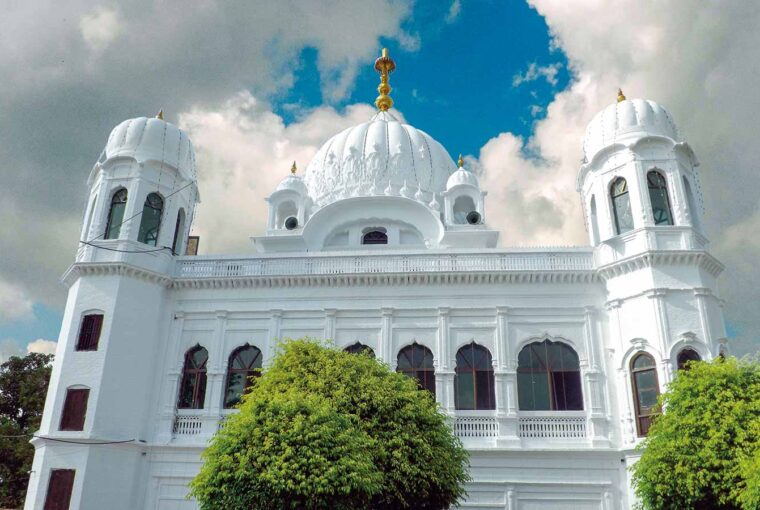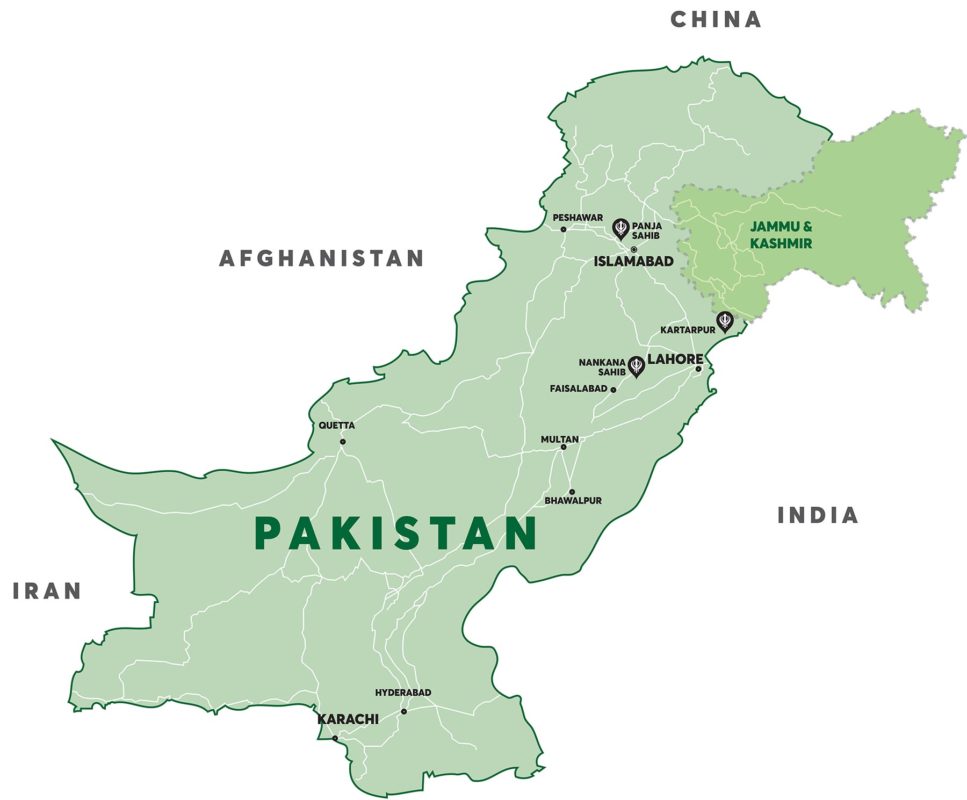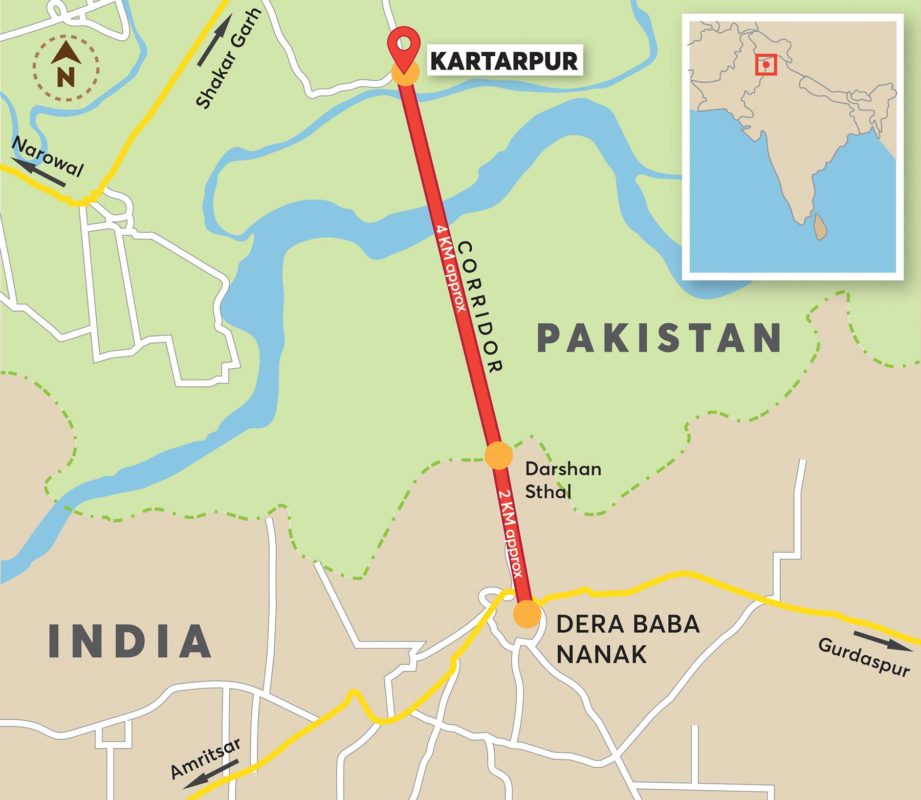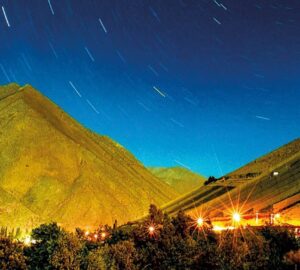Special thanks: Sardar Ramesh Singh Arora
With over 300 plus gurdwaras dotted across the length and the breadth of its terrain, Pakistan has long been the bastion of the Sikh faith. One of its most revered sites, Gurdwara Darbar Sahib Kartarpur Sahib in the village of Kartarpur, is now in the spotlight after a groundbreaking ceremony for a pilgrim corridor leading from here to Dera Baba Nanak Sahib in Gurdusapur, India will enable devotees from the Indian side to pay their respects unhindered and visa free. Journalist Yusra Askari narrates the significance of the Kartarpur Corridor and all other details related to this ambitious project.
Just 4.7 kilometers short of the border with India, located on the right bank of the glorious Ravi, the small village of Kartarpur in Punjab’s Narowal District is among the Sikh community’s most revered sites globally.
Around 1522 AD, at the age of 52, it was in Kartarpur that the first Guru of Sikhism, Guru Nanak Dev Ji chose to conclude his missionary travels across the world. And it was also here that he settled and assembled the first Sikh commune of Gurdwara Darbar Sahib Kartarpur Sahib and spent the last 18 years of his life preaching the message of God.
Guru Nanak’s message was one of love, tolerance, harmony and humanity, and his followers hail to perform his last rites. guru nanak’s samadhi sahib within the gurdwara, and the mazar sahib or mausoleum in the courtyard, serve as a reminder of that very discord.
The Nanak Naam Lewa, as they are called, wanted to as per tradition cremate his remains, while his Muslim followers wanted a burial. It was suggested, that even in absentia, the Guru should be the one to decide.
It is said that upon raising the shroud under which the Guru’s body lay at rest – only the flowers placed by his followers were found. The Sikhs and Hindus cremated one half, whereas the Muslims buried the other.
Despite the Guru’s last ditch efforts to prevent dispute, centuries later, over 70 years after the partition of the sub-continent, most often tense if not volatile conditions along the border, made the situation such that pilgrims from India have found it difficult to pay their respects at the gurudwara in person.
Even though it is a mere stone’s throw away from the Indian border, until a few weeks ago, Sikh pilgrims from the Indian side were only able to pay their respects from atop a 3.5 metre-high concrete darshan sthal or vantage point constructed 11 years ago, via binoculars provided by India’s Border Security Force. However, last August, one hug changed everything!
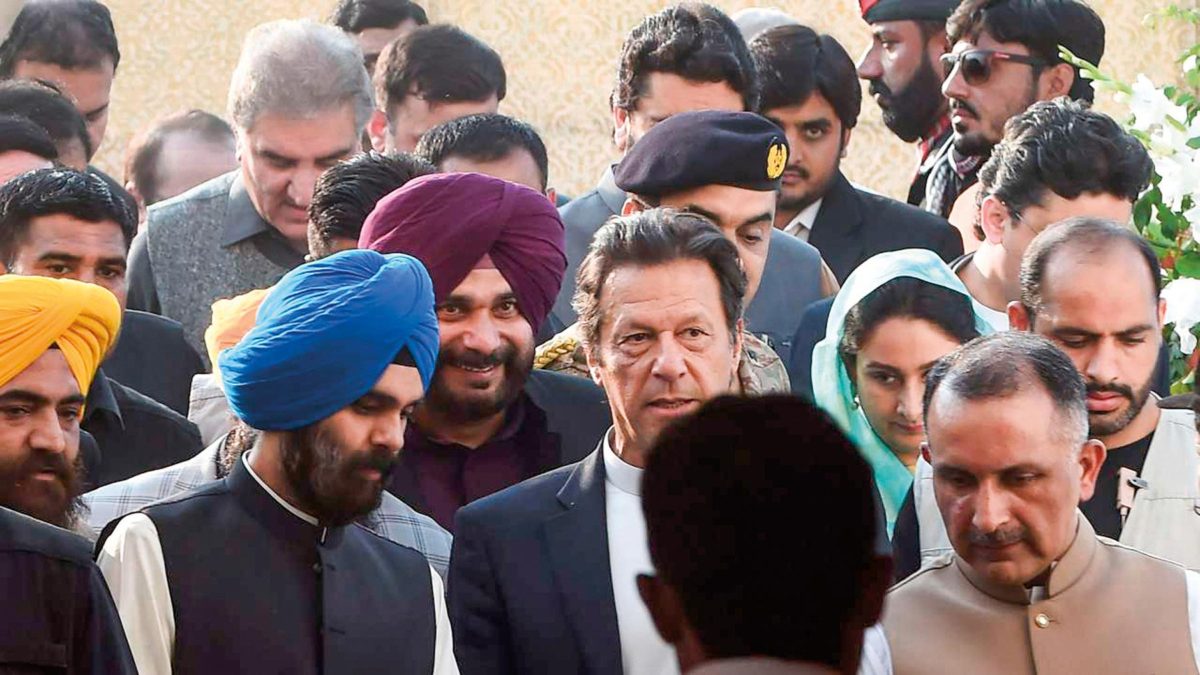
At the swearing in ceremony of PM Imran Khan in August 2018, a commitment by COAS General Qamar Javed Bajwa to cricketer turned politician Navjot Singh Sidhu to facilitate the long-planned opening of the Kartarpur Corridor, set the tone for its inaugural last November.
No more long distance darshan required by our friends across the border, as the under-construction 4.5 kilometer-long corridor will connect the revered Sikh shrines of Dera Baba Nanak Sahib in Gurdusapur, India and Gurudwara Darbar Sahib Kartarpur Sahib in Kartarpur, Pakistan. The much-anticipated project, will also make possible the impossible, and allow for devotees from across to make the pilgrimage to the final resting place of Guru Nanank, visa-free.
Proposed in 1999 by then prime-ministers Atal Bihari Vajpayee and Mian Muhammad Nawaz Sharif, the project is now due to be completed in time for Guru Nanak Dev Ji’s 550th birth anniversary on the 29th of November of this year.
With over 300 plus gurdwaras dotted across the length and the breadth of its terrain, Pakistan has long been the bastion of the Sikh faith. For years, the country has seen a steady footfall of yatris or pilgirms from across the globe, including India. But the numbers of devotees expected to make their way to Pakistan post the opening of the corridor are unmatched. The boost in religious tourism will not only serve well Pakistan’s soft image, internationally, but will also make for increased opportunities.
Work on the project is underway on a war footing and all concerned authorities are working overtime to have it completed as per schedule. As end of the year nears, the drashan sthal across the border too has been demolished to make way for planned construction works. This means pilgrims in India will no longer be able to pay their respects to one of the holiest sites in Sikh religion until the corridor between becomes operational. May the dreams of millions, that have taken two decades in the making, come true.


